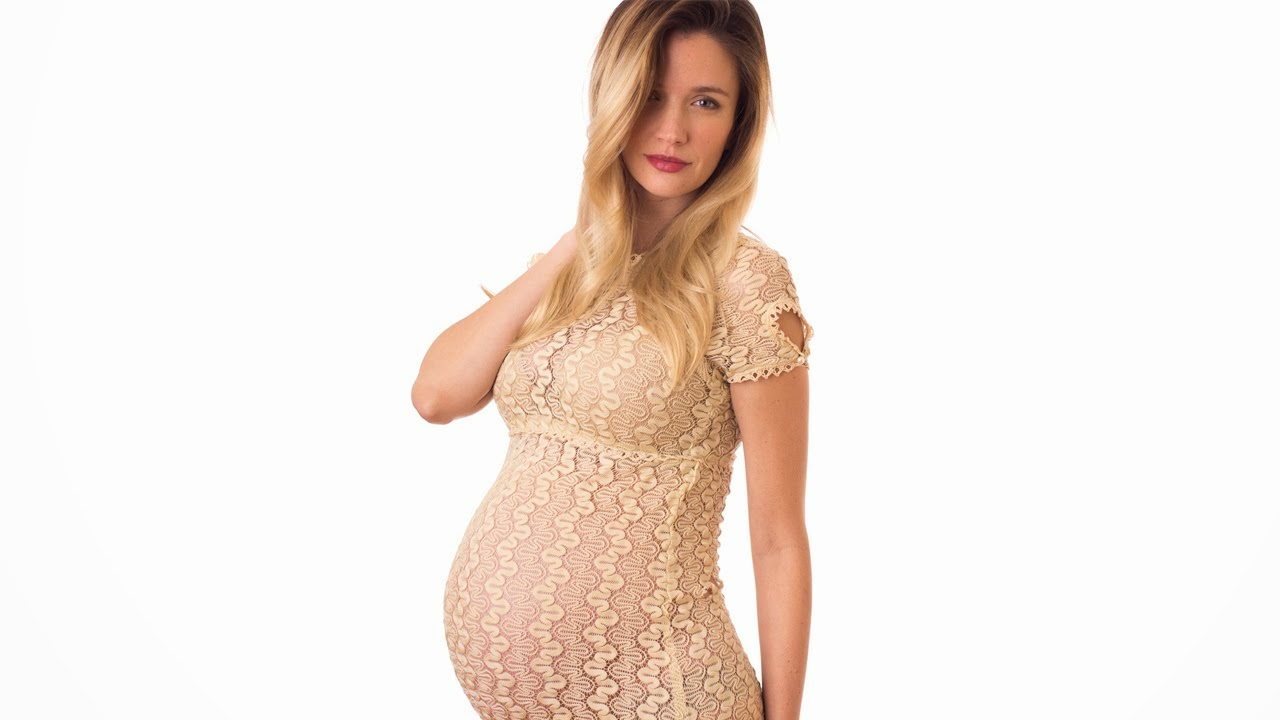A bright, white background creates a high energy, happy, and distraction
free scene, perfect for pictures of your friends and family. Known as high key
photography, this technique instantly cures problems with ugly backgrounds and
focuses the viewer’s attention on your subject.
11. A solid white background to get rid of distractions
If you really want to make
the simplest, most cost effective, high key portrait, then a simple and solid
white background is the way to go. You can achieve the ultimate high key
portrait with a white background.
2. Make use of sunlight to provide additional lighting
Don’t think that the white background will provide all the lights you need
to make a perfectly white background for your portraits. You may need to call
an additional source of light. Your best bet, therefore, is to use the natural
light of the sun to provide the necessary exposure for your background.
3. Make the proper use of flash
Hide a flash directly behind your model, making sure to point it directly
at the background, rather than your subject. If all goes well, the light
created by the hidden flash will completely overexposes the background, making
your model stand out all the more against a completely bright, featureless
white background.
4. Maintain the correct portion of exposure
Even though we heartily recommend a certain degree of intentional
overexposure for high key photography, the old maxim of “Everything in its
proper proportion” holds true here. You don’t want to overly overexpose your
background! If too much light bounces off of the background you’ve created,
this will “wash out” your foreground subject and ruin your portrait.
5. Lighting equipment
Effectively shooting indoor in high key is not easy if you don’t have
lighting equipment. If you want to achieve that studio, white background look,
ideally you will have some studio lighting on hand.
High key photography is very challenging because it requires you to create
an overexposed background, while still properly exposing your subject. Once you
learn how to use exposure compensation and light your background, you will be
able to create perfect white backgrounds in just few minutes.

No comments:
Post a Comment